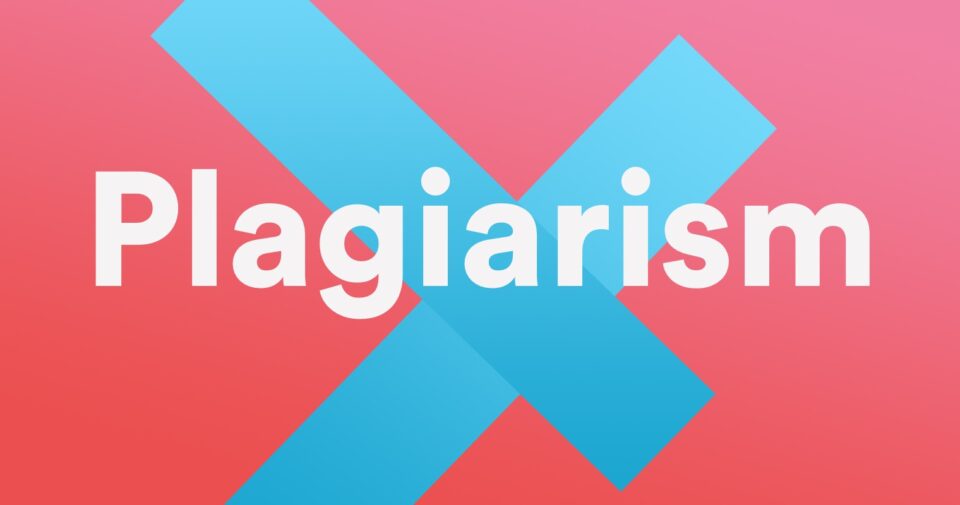Meta Description: Looking at the present scenario of an increasing number of plagiarized content, the question that lurks in our mind is how to fight plagiarism? We have just the solution for all. Follow these easy steps.
Why and how to fight plagiarism?
Easy access to information has its perks and disadvantages. On the one hand, it has helped people create better quality content by providing them the opportunity to expand their knowledge.
Since acquiring knowledge has opened up new avenues for people, the quality of content has also improved, whether it is the academic field, professional front, or business. It covers written content, images, and user-generated content as well.
The reason one needs to learn how to fight plagiarism
This same opportunity to control and manipulated data to one’s whim has given rise to the issue of plagiarism. Dishonest people have taken this opportunity of having access to vast data to their advantage. They blatantly copy others’ creations and pass them as their own, thus depriving original content creators of the credit and recognition they deserve.
Ways to fight plagiarism
There are various ways in which organizations and individuals can fight plagiarism. Writers, students, and individuals responsible for creating content may follow these tips and tricks to prevent plagiarism:
- The art of citation:
Plagiarism is always not created intentionally. When writers deliberately copy other creator’s work to meet a deadline or to complete a task, they cannot complete it, considering its intensity. It results in plagiarism.
On the other hand, writers may create original content but include other author’s words, phrases, or sentences without proper acknowledgment. It refers to unintentional plagiarism. The best way to avoid being accused of plagiarism is to cite the source.
Citing source is the act of mentioning the writer’s information for creating the paper, content, blog or article, and more. Often it means including the link of the original content. Generally, writers need to mention the author’s name, book or article name, publisher’s name, and other relevant details.
It serves two purposes. Firstly, it acknowledges the creator’s effort, making it safer for them to use the content. Secondly, it encourages further reading by providing the necessary details to the readers.
- Paraphrasing and summarizing:
Paraphrasing refers to summarizing content to focus on the gist. This activity is often ruled out from the list of things that constitute plagiarism. However, poorly paraphrased content is nothing but an act of plagiarism. If the writer wants to know how to fight plagiarism, they must first understand how to paraphrase correctly.
Thanks to the applications, the task of paraphrasing has become considerably more comfortable. While paraphrasing manually, the writer has to follow some basic rules:
- A thorough reading of the paragraph.
- It involves jotting down the essential points.
- It also includes replacing words of the original work with their own words.
- One needs to create several drafts.
- One also needs to check for repetitive words, fact-checking, and spelling and grammar error correction.
One can also achieve the same result with the help of tools available online. Once the final draft is cross-checked, the same can be copied and updated in the tools that provide this automatic paraphrasing facility. One can download the generated result within a few minutes.
- Using synonyms to prevent plagiarism:
The tedious task of manual proofreading has been considerably made easy with the help of online tools. These tools are multipurpose. They can also check for plagiarism easily and highlight grammatical errors, spelling, and construction errors as well.
Another perk of such tools is that they suggest alternative words for the copied words detected in the plagiarism report. The writers are exposed to new learning opportunities. They also learn the usage of new words and their synonyms.
It is specifically true in the case of manual paraphrasing. Replacing some of the words of the writer is never enough to pass a plagiarism test. The content creator must carefully examine the writing and make sure almost all words except the generic terms are replaced with their own words to avoid the accusation of plagiarism.
The language need not be flowery, and the words need not be high-sounding as long as the writing is understandable to the readers.
How do organizations deal with plagiarism?
- Educational institutions and organizations have copyright over their original content to protect the interest of the writers. Copyright also limits access of outsiders to the content, thus reducing the risk of content theft.
- Penalty for copyright infringement also effectively reduces plagiarism. Student plagiarism is quite common in colleges and universities where students often submit duplicate content in research papers or use unfair means to complete projects. Such papers are not only rejected but also lead to the deduction of marks.
- Plagiarism checker also proves to be handy at times to detect plagiarism effectively. Tools that enable word-compare can highlight copied words, sentences within minutes, distinguishing the duplicate content from the original one.
The Conclusion
Art is entirely based on creativity and integrity, whether it is performing or through written mode.
The first step towards knowing how to fight plagiarism is to understand how to use one’s creativity to prepare something unique instead of depending on others’ materials.
Some research about the topic at hand and in-depth study will enhance the writing skill of the creators. Also, a little grasp of the language and the vocabulary will help a writer fight plagiarism and not struggle.

